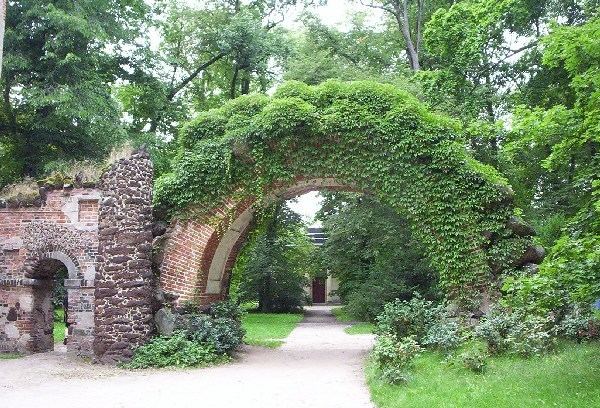Name Szymon Zug | Role Architect | |
 | ||
Structures Holy Trinity Church, Warsaw, Potocki Palace, Warsaw | ||
Winter Palace Branickis detail oaken log building
Szymon Bogumił Zug (20 February 1733 – 11 August 1807), born Simon Gottlieb Zug, and also known as Zugk, was a renowned Polish-German classicist architect and designer of gardens. Born in Merseburg in Saxony, he spent most of his life in the Polish-Lithuanian Commonwealth, where in 1768, he was ennobled.

One of the most versatile and prolific architects of his epoch, Zug was the author of several dozen projects of palaces and churches. As a garden designer, he represented an early romanticist style. Among the most notable buildings designed by Zug are:
Zug also supervised the refurbishment of Warsaw Arsenal, designed the romanticist ruins in the garden of Arkadia near Łowicz and designed the gardens of Jablonna Palace. He died in Warsaw and is buried there in the Evangelical Cemetery of the Augsburg Confession in Warsaw.
